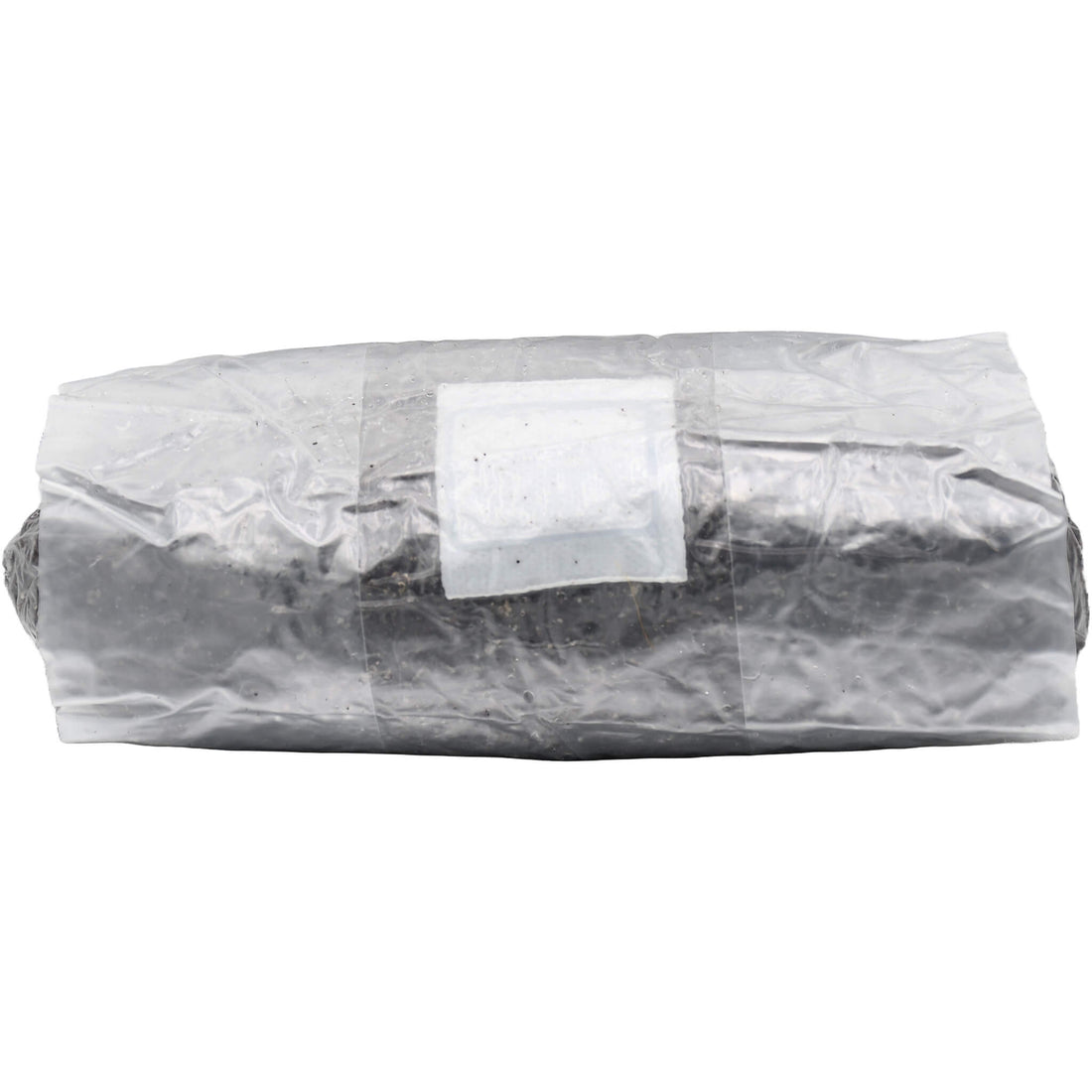
How to Use Manure Based Mushroom Substrate - 1lb
Share
How to Use Manure Based Mushroom Substrate - 1lb
Setting Up a Clean Workspace
Before using the Manure Based Mushroom Substrate - 1lb, it’s important to create a clean and sanitized environment to prevent contamination. While a laminar flow hood or still air box is ideal, you can still achieve great results by following these steps:
- Disinfect your work area with rubbing alcohol or another sanitizing agent, ensuring the space is free of dust and debris.
- Avoid rooms with airflow from fans, air conditioners, or heating systems to reduce airborne contaminants.
- Wipe down the outside of the substrate bag with rubbing alcohol to remove any potential surface contaminants.
- Sanitize your hands and tools, such as scissors or knives, before handling the bag.
Working in a clean environment is critical for successful inoculation and mushroom growth. If you don’t have a laminar flow hood, consider using a still air box to limit contamination risks.
Preparing the Manure Based Substrate Bag
The Manure Based Mushroom Substrate is pasteurized and ready for inoculation. Before you begin, the substrate bag needs to be slightly inflated to allow for proper gas exchange through the 5-micron filter patch. Follow these steps:
- Grasp the opposite gussets of the bag and gently pull them apart to allow air to enter through the filter patch.
- Repeat this motion until the bag is slightly inflated, ensuring it is ready for inoculation.
Inoculating the Substrate
1. Prepare Your Spawn
Before inoculating the Manure Based Substrate, you’ll need colonized grain spawn. This can be prepared by inoculating grain jars or grain bags with liquid culture or spores and allowing the grain to fully colonize over several weeks.
2. Cut Open the Substrate Bag
Once your grain spawn is fully colonized, use sanitized scissors or a knife to carefully cut the top of the substrate bag. Make sure to cut as close to the heat seal as possible and avoid damaging the sides of the bag or the filter patch.
3. Add Your Colonized Spawn
After opening the substrate bag, gently break up the colonized grain spawn. If your spawn is stored in a jar, use a sterilized tool, such as a butter knife, to break up the grains. For spawn stored in a bag, massage the bag gently to loosen the grains before adding them to the substrate bag.
In general, 1 pound (or 1 quart) of colonized grain spawn can inoculate up to 5 pounds of manure-based substrate. However, you can use more spawn to speed up the colonization process.
4. Reseal the Substrate Bag
Once the spawn is added, reseal the substrate bag to ensure an airtight closure. An impulse sealer is the best option for sealing the bag. If you don’t have one, you can fold the bag over several times and secure it with large paper clips or packing tape. Avoid using porous materials like micropore tape, as an airtight seal is necessary for proper colonization.
Incubating the Manure Based Substrate
After inoculating the substrate, place the sealed bag in an upright position, ensuring the 5-micron filter patch remains unobstructed. The bag should be kept at room temperature (65-75°F), away from direct sunlight or significant temperature fluctuations.
The colonization process typically takes 3-4 weeks, depending on environmental factors and the mushroom strain being grown. Monitor the growth, ensuring the mycelium spreads evenly throughout the substrate. If growth slows down, check that the filter patch is unobstructed and there’s proper airflow.
Fruiting the Substrate
Once the substrate is fully colonized, you can introduce fruiting conditions to trigger mushroom growth. Look for signs of hyphal knots—small white bumps that indicate the beginning of mushroom pinning. Follow these steps to initiate fruiting:
- Open the substrate bag daily to allow fresh air to enter, which encourages fruiting by increasing air exchange.
- Maintain high humidity, around 90%, by lightly misting the inside of the bag. Avoid over-misting, especially during the pinning stage, as excess moisture can cause mushrooms to abort.
- Monitor for mushroom growth, and harvest the mushrooms just before the caps open to avoid spore release, which can impact subsequent flushes.
Harvesting Mushrooms
When the mushrooms are mature, gently twist and pull them from the substrate to avoid damaging the mycelium. Avoid cutting the mushrooms, as this can leave behind material that could introduce contamination. After harvesting, continue misting the substrate and fanning the bag daily to encourage additional flushes of mushrooms. Under the right conditions, multiple flushes can be achieved.
Contamination Monitoring
Although the Manure Based Substrate is pasteurized, it’s important to monitor for signs of contamination during the colonization and fruiting stages. Watch for unusual colors, foul odors, or slime build-up. If contamination is detected, discard the substrate and sanitize your workspace before starting a new batch.
Conclusion
The Manure Based Mushroom Substrate - 1lb is an excellent choice for growing dung-loving mushroom species. By following these steps for inoculation, incubation, and fruiting, you can achieve healthy mushroom flushes. With the right care and a clean environment, this substrate can produce multiple flushes and high-quality mushrooms.
